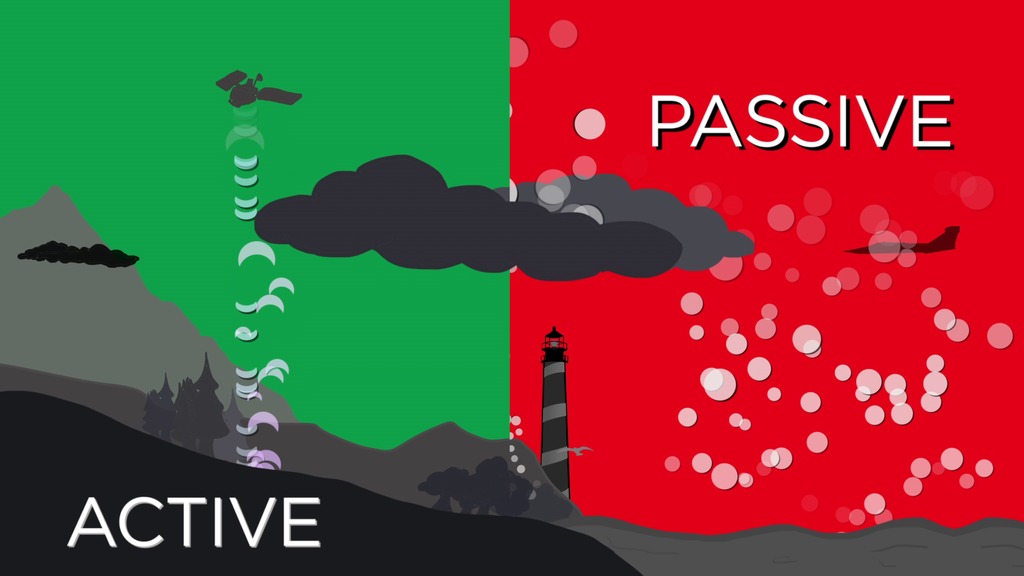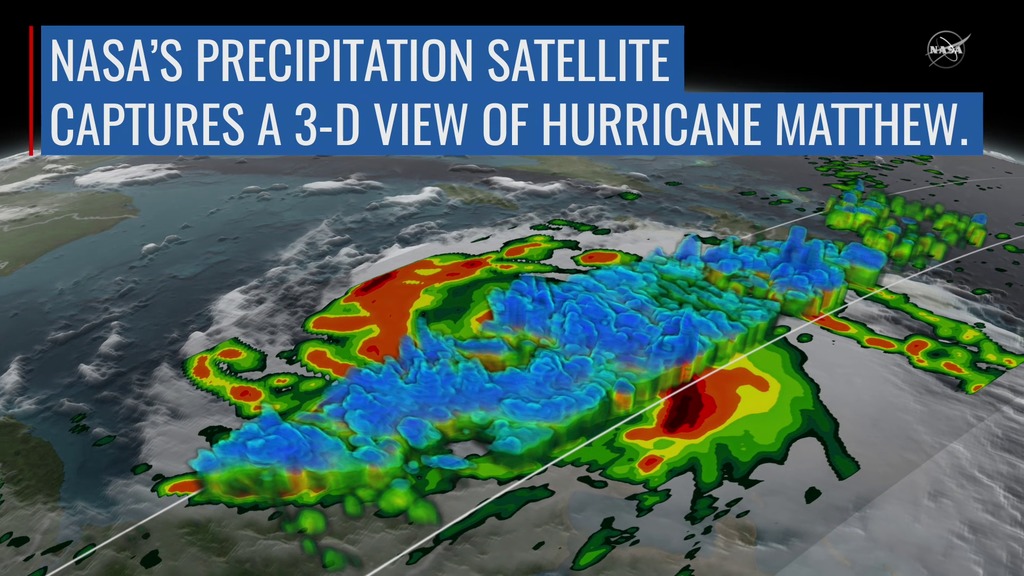To understand Earth as an integrated system, NASA collaborates with its domestic and international partners to support satellite missions and field campaigns that measure various environmental parameters on a variety of spatial and temporal scales. These observational data, coupled with numerical computer models, increasingly allow scientists to better comprehend interactions between Earth’s components, or “spheres,” and more accurately model weather and climate scenarios such as extreme weather events (e.g., hurricanes) and El Niño.

While scientists learn a great deal from studying individual Earth components, improved observational and computational modeling capabilities increasingly allow them to study the interactions between these interrelated environmental parameters, leading to unprecedented insight into how the Earth system works—and how it might change in the future.





